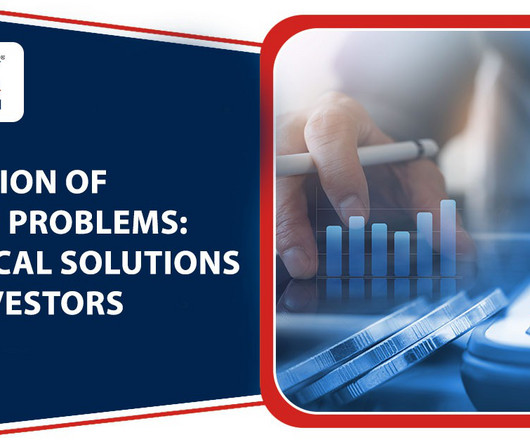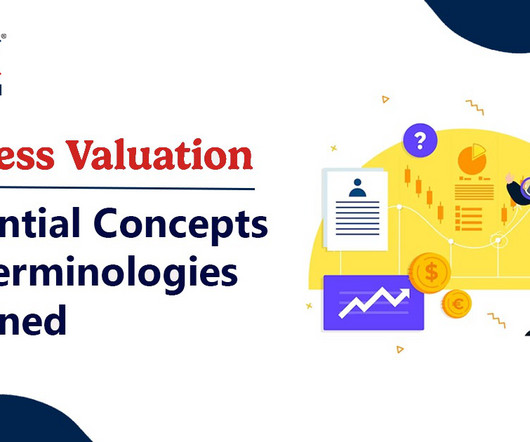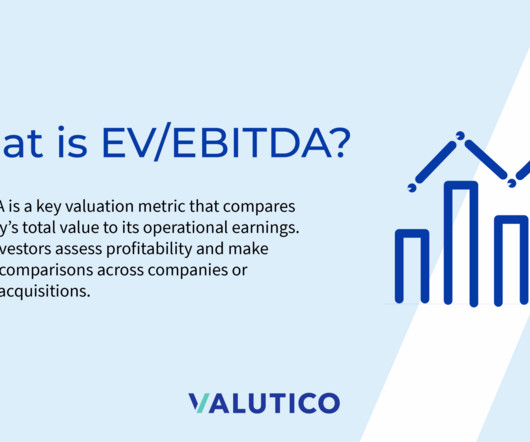Valuation of Shares Problems: Solutions for Investors
RNC
JANUARY 19, 2025
These changes can make valuation tools like the Price-to-Earnings (P/E) ratio unreliable and lead to wrong conclusions. It performs well in sectors where tangible assets account for a substantial portion of a company’s worth, such as manufacturing or real estate.



























Let's personalize your content